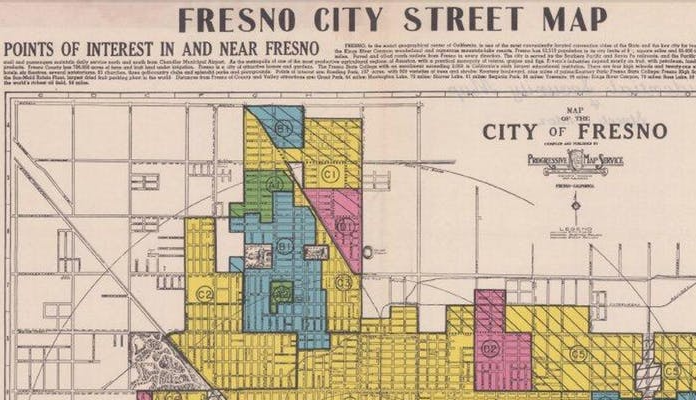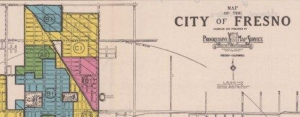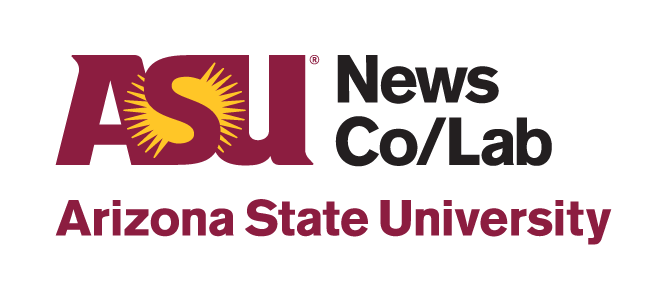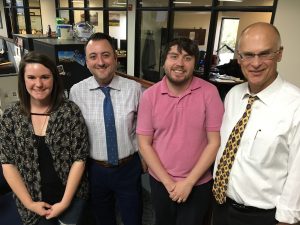In a political year, Fresno Bee used transparency and conversation to help community understand journalism, and itself

When The Fresno Bee published a profile of a nationally known local politician as his race for re-election heated up, the news organization faced some major hurdles — including the candidate’s refusal to be interviewed or, in fact, communicate in any direct way with the journalists. Actually, Rep. Devin Nunes, his allies, and several other area power brokers spent much of 2018 attacking The Bee itself.
 So as part of the Nunes profile (and a profile of his opponent), The Bee went a step further than most newsrooms. It published an explainer on how it reported the story, including dozens of phone calls and emails “over a two-month period and requesting comment from various sources, many of whom did not respond or would not agree to an interview.” By being transparent about the process, the Bee showed to any fair-minded reader that it had worked hard on this article, and had done its best to give Nunes and his advocates access to the news organization’s platform.
So as part of the Nunes profile (and a profile of his opponent), The Bee went a step further than most newsrooms. It published an explainer on how it reported the story, including dozens of phone calls and emails “over a two-month period and requesting comment from various sources, many of whom did not respond or would not agree to an interview.” By being transparent about the process, the Bee showed to any fair-minded reader that it had worked hard on this article, and had done its best to give Nunes and his advocates access to the news organization’s platform.
This approach was part of what Joe Kieta, The Bee’s editor, told the community he wanted to embed in the journalism. In an August column, he called the process “Lifting the Veil,” and said, “We want to be transparent about how The Bee creates its journalism.” (For a nuanced look how anti-Bee attacks have affected the lives and journalism of its employees, please take a look at this GQ article by Zach Baron: “The Fresno Bee and the War on Local News”.)
With this and several other initiatives in transparency and engagement — we at the News Co/Lab define the latter as deep conversation and collaboration between the newsroom and community it serves — The Bee began the process of changing some fundamental aspects of its work.
We’ve been working with Kieta and his colleagues to help make this happen. The Bee newsroom is one of three in the McClatchy media company’s operations in 30 markets around the country (Kansas City, Missouri, and Macon, Georgia, are the others) that have partnered with the Co/Lab to improve local communities’ information ecosystems by elevating the level of “news fluency,” also known as news literacy. We have an abiding belief that the more journalists and their communities know about each other, the communities and newsrooms will both benefit.
- The “how we did the story” practice is making its way into other articles. A notable example was an explainer in an investigative article about how a gang terrorized a local community for years. But it’s just one of the ways The Bee has pushed forward in transparency and engagement. In one example, Tad Weber, the editorial page editor and head of the newsroom working group, explained to readers how and why the Bee does its endorsements.
I’m especially looking forward to something The Bee is working on that is, as far as I know, a rare entity in journalism of any kind: a “Frequently Asked Questions” (FAQ) page that will be growing rapidly in coming weeks and months. I’m baffled that more news organizations don’t do this, and the people we’re working with at McClatchy are universally enthusiastic. Every working journalist knows that he or she spends a lot of time explaining things on the phone (and in person) to people in the community; this is just one way to give people answers and, perhaps, give the journalists more time to do the journalism.
We also introduced The Bee to our partners at Spaceship Media, an organization that helps bring people into conversations across political, social, and economic divides. We love Spaceship’s approach to all of this, and in our early meetings with them and the Bee it became clear that the city offered an ideal starting point for just such a conversation: what just about everyone in the community knows is a longstanding divide marked by Shaw Avenue. Among the many demographic realities is the vastly greater affluence north of Shaw, and the seriously less affluent area to the south.
 The Shaw Avenue divide was the spark for an ongoing conversation dubbed “Crossing the Line” and managed by Bee reporter Brianna Calix. Over a period of weeks this fall, Calix wrote a series of articles (here, here, here, here) and convened private, productive conversations with people from both sides of Shaw who’d volunteered to be part of the conversation. This culminated in a wider community meeting moderated by Jim Boren, former Bee editor who now heads the new Institute for Media & Public Trust at Fresno State University — and notably, a majority of the people at the public meeting stayed after it officially ended to continue the conversation. Calix has launched a Facebook group where the conversation is still happening. The Bee is planning to do more on this topic, and to use the methods it learned from Spaceship to convene conversations on other vital local issues. (One side benefit of this project came out of a question in an initial survey of Fresno residents interested in the conversation, which asked what people wanted to know about The Bee; the answers are the basis for a soon-to-come expansion of the FAQ.)
The Shaw Avenue divide was the spark for an ongoing conversation dubbed “Crossing the Line” and managed by Bee reporter Brianna Calix. Over a period of weeks this fall, Calix wrote a series of articles (here, here, here, here) and convened private, productive conversations with people from both sides of Shaw who’d volunteered to be part of the conversation. This culminated in a wider community meeting moderated by Jim Boren, former Bee editor who now heads the new Institute for Media & Public Trust at Fresno State University — and notably, a majority of the people at the public meeting stayed after it officially ended to continue the conversation. Calix has launched a Facebook group where the conversation is still happening. The Bee is planning to do more on this topic, and to use the methods it learned from Spaceship to convene conversations on other vital local issues. (One side benefit of this project came out of a question in an initial survey of Fresno residents interested in the conversation, which asked what people wanted to know about The Bee; the answers are the basis for a soon-to-come expansion of the FAQ.)
No one thinks these experiments and projects are, by themselves, the full answer to The Bee’s many challenges ahead. Like so many of its peers in traditional journalism, it faces financial and other pressures. But Kieta and his colleagues are determined to pursue transparency and engagement as part of their core strategy, and we at the Co/Lab are eager to lend our continued support.
(Thanks as always to our funders including the Democracy Fund, Facebook Journalism Project, News Integrity Initative, and Rita Allen Foundation.)
Dan Gillmor is a longtime participant in new media and digital media literacy. He’s author of the 2009 book, Mediactive, discussing media literacy in the digital age from a journalist’s perspective.

